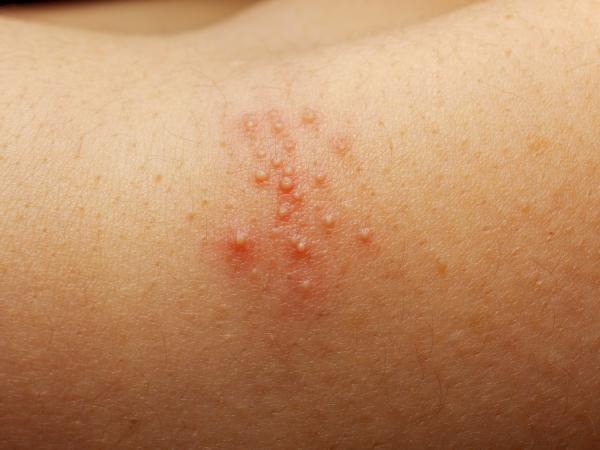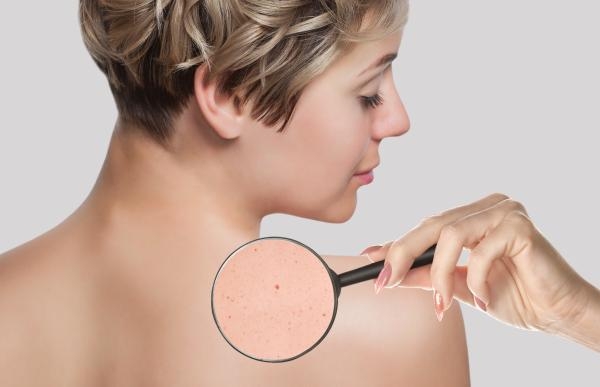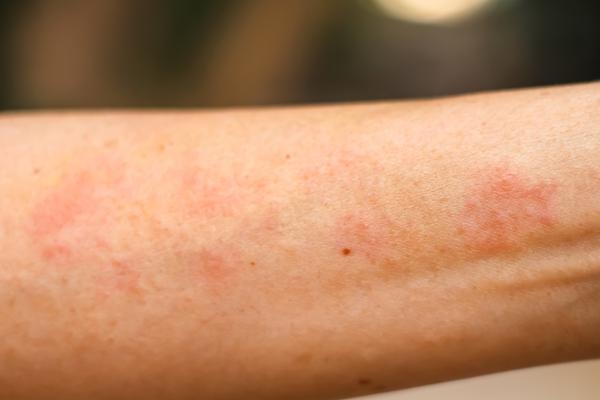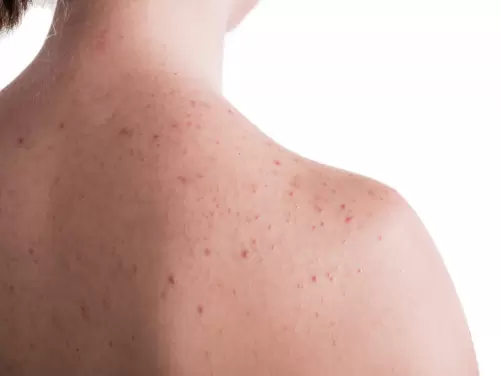Table of Content
There is no such thing as fungal acne. It's more of a social media term than an accepted medical term. When people describe fungal acne, what they are talking about is itchy pimples and acne-like rashes that occur within the hair follicles. These are caused by the yeast known as Malassezia folliculitis from Pityrosporum folliculitis. It is an infection of the hair follicle that people think causes acne. Malassezia yeast lives on everyone's skin, but when there is a change in the pH of the skin, the heat increases or the weather becomes humid, or when we sweat and immunity decreases, the yeast tends to increase and cause inflammation. Fungal acne looks like pus bumps on the skin. It affects the body, not the face. One point to keep in mind and be careful is that this condition can be contagious in close encounters because yeast tends to spread. So Dr. Chitra Anand, a renowned dermatologist and beauty expert, brings you detailed information on fungal acne.

How to differentiate between acne and fungal acne?
Fungal acne looks a lot like common bacterial acne. However, there will be more of this in the body area, especially the chest and back in areas where one wears obstructed clothing, and it is very itchy in nature. The regular type of acne is inflammatory and tends to affect the face more and is caused by increased oil production, excessive bacterial growth, hormonal changes, or clogged pores.

What does acne fungus look like?
Fungal acne is small spots that can fill with pus. They look like white dots, but they are very small and a large number of them are clustered in areas such as the chest and back.How is fungal acne treated?
Fungal acne is treated with antifungal medications. In mild cases, your dermatologist will prescribe a fungal body wash or antifungal shampoo to use as a body wash and leave it on your body for 3 to 5 minutes a day. If this does not stabilize, oral antifungal medications will be prescribed. Exercising 24 hours after taking the oral antifungal medication is suggested because when you sweat, the oral medications are secreted in the sweat, which will then coat the entire hair follicle, making this treatment more effective. Also, it's best to keep body areas dry and wear clothes that allow your skin to breathe when you have fungal acne.

How do we avoid fungal acne?
It is difficult to prevent fungal acne because fungi live on everyone's skin. But keeping a few points in mind can help prevent constant repetition.- Keep your skin dry.
- Remove sweaty clothing immediately after exercise.
- Shower with a salicylic acid cleanser or a glycolic or lactic acid exfoliating cleanser to help exfoliate the skin and keep it smooth.
- If you are prone to fungal acne, use an anti-dandruff shampoo like shower gel once or twice a week as a preventative measure.
- Increase the probiotics in your diet: Eat more milk or yogurt or take Lactobacillus supplements that can help boost your immunity.
- Drink enough fluids to flush toxins from your body.
- Avoid occlusive products like petroleum jelly or heavy oils in areas prone to fungal acne.
- If you suffer from frequent breakouts, see your dermatologist and clean it up with a prescription.
.webp)





_1735214375.webp)






